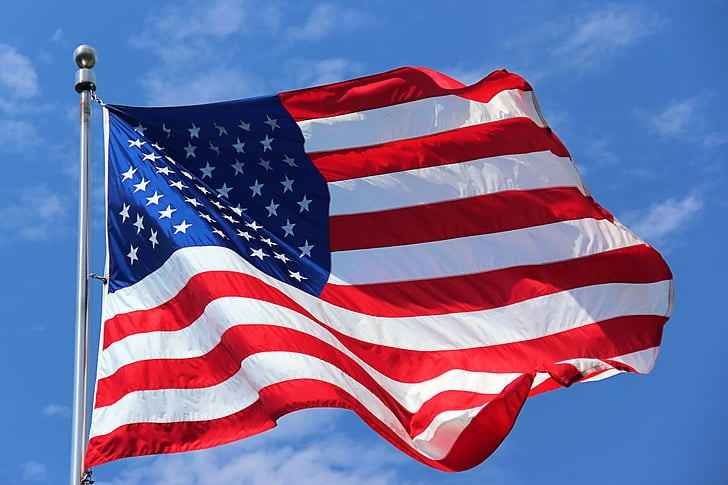US Introduces $15,000 Visa Bond for Certain Travelers
In a significant move aimed at tightening immigration oversight, the United States has announced a new visa regulation requiring select foreign nationals to post a bond of up to $15,000 before entering the country. The pilot program, set to begin on August 20, will apply specifically to B-1 business and B-2 tourist visa applicants from nations deemed high-risk for visa overstays.
The initiative, unveiled by the US State Department on Monday, is part of President Donald Trump’s broader effort to strengthen immigration enforcement since returning to office earlier this year. While the policy is expected to affect a limited number of travelers, it has already sparked concerns over its potential implications for international tourism and diplomatic relations.
What Is the New Visa Bond Program?
According to a notice from the State Department, consular officers will now be authorized to require a visa bond—ranging between $5,000 and $15,000—as a condition for granting B-1 and B-2 nonimmigrant visas. The bond will serve as a financial deterrent, intended to encourage compliance with visa conditions.
Travelers who leave the United States within the permitted time frame will receive a full refund of their bond. However, those who overstay their visas will forfeit the entire amount. In addition to posting the bond, visa holders subject to this rule must also enter and exit through a list of designated US airports, further restricting their travel flexibility.
Who Will Be Affected?
The bond requirement will target applicants from countries flagged for “high visa overstay rates” as identified in a 2023 Department of Homeland Security (DHS) report. It will also apply to nationals from countries where screening and vetting processes are deemed insufficient or where citizenship-by-investment programs allow acquisition of passports without requiring actual residency.
While the State Department did not publicly release the full list of countries affected, data from DHS and Customs and Border Protection suggest that nations such as Chad, Eritrea, Haiti, Myanmar, Yemen, Burundi, Djibouti, and Togo may be among those under scrutiny.
Officials have also hinted that the list of countries could be updated periodically based on evolving security assessments and foreign policy priorities.
How Will the Bond System Function?
The pilot program introduces a new layer of financial accountability. Applicants required to pay the bond will do so at the time of visa issuance. If they comply with the visa’s terms—particularly the departure deadline—the entire sum will be reimbursed.
The measure does not apply to all travelers from the listed countries but will be enforced at the discretion of US consular officers, depending on individual assessments and risk profiles. The State Department has not provided an estimate of how many travelers will fall under this category but described it as a “limited scope” program.
Reactions and Concerns
The US Travel Association, while acknowledging the narrow scope of the initiative, expressed reservations about its potential long-term impact. According to the association, only about 2,000 travelers per year are likely to be affected. However, they warned that the program could send a discouraging signal to international tourists, especially given already declining travel trends from countries like Canada and Mexico, where year-on-year travel has dropped by 20%.
“If fully implemented, this could make the US one of the most expensive countries in the world for visitor visa applicants,” the association stated. It also pointed to falling transatlantic airfares and weakening global travel demand as signs that the tourism sector may be vulnerable to further policy shifts.
A Resurrected Policy
This is not the first time the US has floated a visa bond initiative. A similar program was announced in November 2020 during Trump’s first term. However, it was never widely enforced due to the global disruption caused by the COVID-19 pandemic. This new rollout reflects the administration’s renewed commitment to combat overstays, which the State Department characterizes as a “clear national security threat.”
While it remains to be seen how the policy will evolve after its 12-month pilot period, the move underscores Washington’s increasingly stringent stance on immigration control and visa compliance—one that may have ripple effects across travel, diplomacy, and global mobility.








